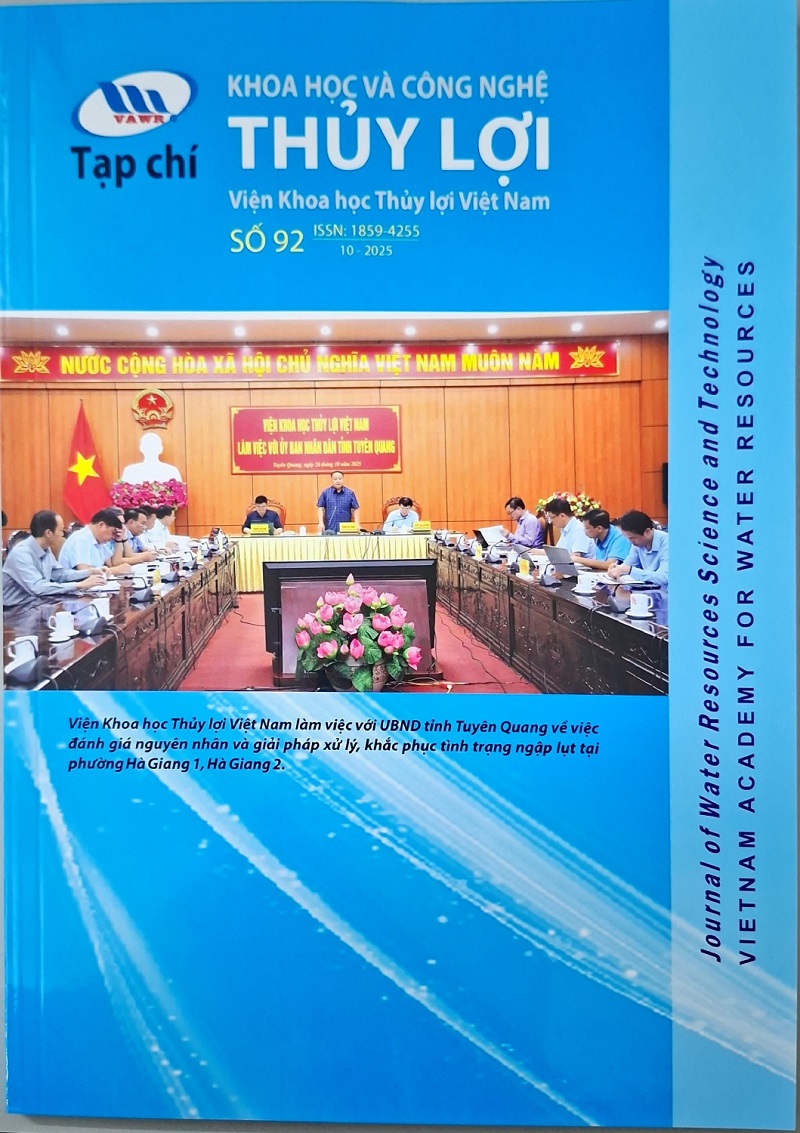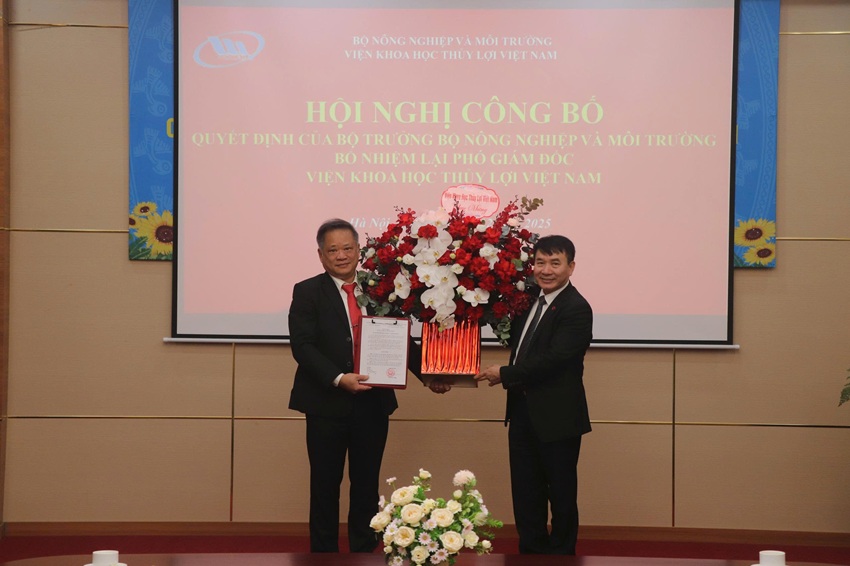Flood forecasting by means of dynamical downscaling of global NWPs coupling with a hydrologic model at Nong Son-Thanh My River basins
22/04/2024ABSTRACT
Almost every year, Vietnam suffers floods resulting in the loss of many lives and considerable costs for damaged and lost properties. This study proposes a forecasting system that couples the dynamical downscaling technique with hydrologic models to forecast real-time flood events with a lead time ranging from one to three days. This approach is demonstrated by applying a regional numerical weather prediction and physically based hydrologic model to the Thanh My and Nong Son watersheds. System inputs are provided by two global NWPs, the global forecasting system (GFS) and the global spectral model (GSM). A WEHY-WRF was selected as the hydrologic-atmospheric component for the proposed system. WEHY-WRF was successfully implemented and validated before testing the real-time forecasting system over the Nong Son-Thanh My watersheds. Overall, the comparison between the model simulations and corresponding observations shows the rainfall and flood forecast by WEHY-WRF-GFS match quite well with observation data and perform better than WEHY-WRF-GSM. However, all forecasting results are generally encouraging considering the correlation coefficients for most events are acceptable. The fore-cast methodology has demonstrated it as a comprehensive reliable technology that may be universally applied for flood prediction through the coupling of dynamical downscaling technique and hydrologic models.
Key words: Global forecasting system (GFS), global spectral model (GSM), numerical weather prediction (NWP), watershed environmental hydrology model (WEHY), weather research and forecasting (WRF)
1. INTRODUCTION
2. DESCRIPTION OF THE STUDY WATERSHEDS
3. METHODOLOGY
3.1. WRF model setup
3.2. Calibration and validation of WRF model
3.3. Physically based hydrological models
3.3.1. Watershed environmental hydrology model
3.3.2. Calibration for WEHY model based on forecasted rainfall data
4. RESULT AND DISCUSSION
4.1. Precipitation forecast
4.2. Flood forecast
5. SUMMARY AND CONCLUSION
REFERENCES
——————————————————————————————————————
Toan Trinha, b,*, N. Dob, L. Trinhc and K. Carra
a Hydrologic Research Laboratory, Department of Civil and Environmental Engineering, University of California, Davis, CA, USA
b Vietnam Academy for Water Resources, Hanoi, Vietnam
c Center for Environmental Fluid Dynamics, VNU University of Science, Vietnam National University, Hanoi, Vietnam
*Corresponding author. E-mail: tqtrinh@ucdavis.edu
Journal of Water and Climate Change (2023) 14 (9): 3257–3279
Ý kiến góp ý:









